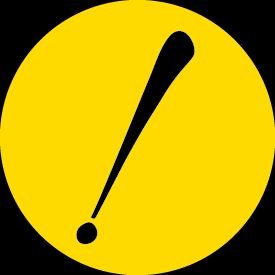Audio guide magic
Ms Barry, meet Mr Cookiecutter
In our work, the most magical days are often at the beginning of projects, when an expert shows us around a site or a collection, and we hear the stories of the place or the objects direct from them, in their own words.
On He Tohu, our archivist guides brought the documents alive for us with human stories - the confident signature of Governor Hobson on the Waitangi sheet, to give just one example, followed by almost illegible versions on other Treaty sheets after he had a stroke. A few years later we were guided through the maze of collection rooms at the Australian Museum, learned why collections like these are so vital to science, and were introduced to our first Cookiecutter Shark.
How do you recreate that magic - the experience of an amazing artefact, brought to life by a passionate, knowledgeable human voice? One way we have been exploring more often in recent years, is the audio guide.
The fantastic multimedia audio guide for the Van Gogh Museum in Amsterdam by Imagineear.
Traditionally, creating audio guides has been quite a major exercise, involving bespoke playback devices and specialised sound production. There are high quality international providers for this kind of guide - companies like Imagineear, Narrowcasters, and so on. But there are also less expensive options. One is New Zealand-founded MyTours, which is set up as a kind of DIY platform for creating audio/multimedia guides and publishing them as apps for mobile devices. Visitor attractions can then either provide visitors with an iPod or equivalent device with the app already installed, or invite visitors to download the app to their own device.
Apps and platforms like MyTours automate the back end processes, but you still have to do the creative work to generate the content - and as always, the more thought and effort you put in, the better the result.
Hearing about Te Tiriti from some of the experts when working on He Tohu.
Our content and experience developer, Kate Manson recently wrote and helped produce our audio guide for the National Library in Wellington. It was a multi-stage process. First she walked through the space with different potential contributors and recorded their off-the-cuff interviews on her phone. Then she worked through those interviews, thinking about how to pull them all together into a cohesive story. She transcribed the interviews and cut them down into shorter (but still verbatim) chunks, and read these aloud herself to make a prototype audio guide. She tested this with users and rewrote it, and finally we recorded it “for real” using the original interviewees, which were mixed with archival excerpts, bridging pieces of narration, sound effects and music.
For Kate, the great thing about audio guides is their ability to help visitors make connections and explain the meanings of things that they may otherwise walk right past - such as the features of a building or the intricacies of an artwork.
At their best, they feel like our magical Day 1 visits “behind the scenes at the museum” - a privileged peek behind the curtain, giving access to the imaginations of those who have special knowledge of spaces, places and things.




